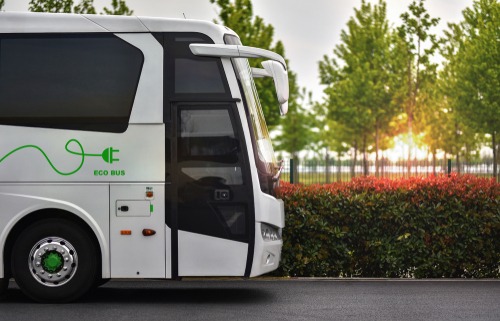
The Massachusetts Bay Transportation Authority (MBTA) recently launched its Bus Priority Vision and Toolkit, which is part of the agency’s Better Bus Project to enhance, expand, and electrify bus services.
The Vision is a regional network of 26 bus corridors with approximately 220,000 daily riders, 80 percent of MTBA’s bus ridership, and high ridership frequency. These corridors will receive bus-only lanes, transit signal priority, and enhanced bus stops that will improve bus service reliability and reduce travel delays.
Priority measures have been implemented or are being planned in 14 municipalities. Approximately 50 miles of bus lanes have been constructed since 2018 and an additional 60 miles of roadway has been targeted for transit improvements.
The Toolkit provides a consistent approach to planning and implementing bus priority treatments that lead to a better rider experience, increased ridership, reduced vehicles on the road, and lower transportation-related emissions.
“We are showing how joint investments in street improvements with our municipal and state partners can create the changes we need to better serve our bus riders,” MBTA General Manager and CEO Phillip Eng said.
The Barr Foundation provided funding to develop the MBTA’s Bus Priority Vision and Toolkit.